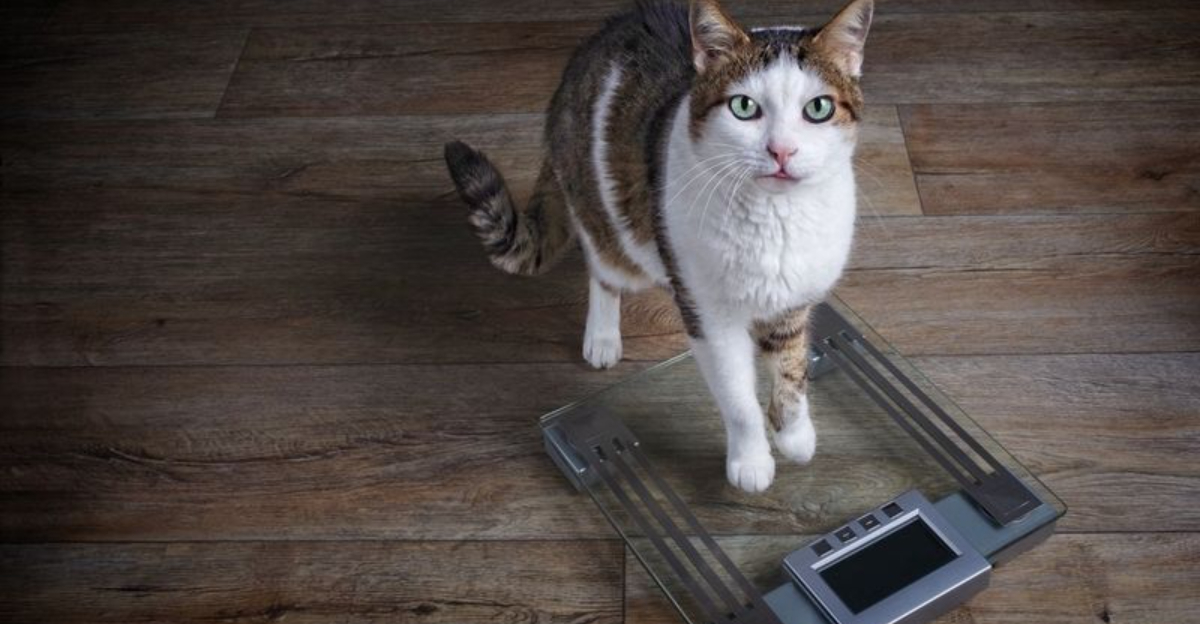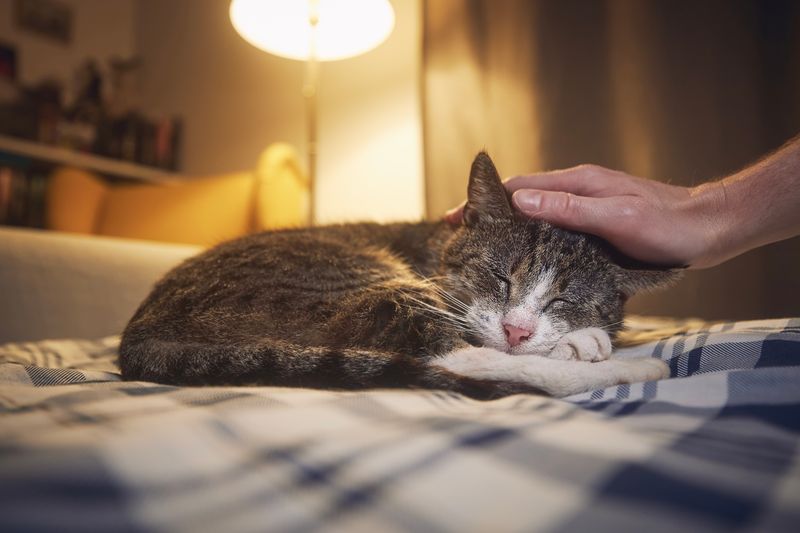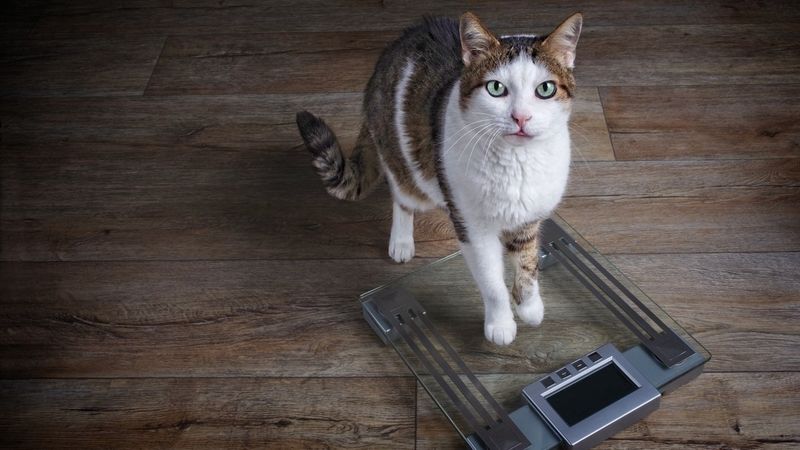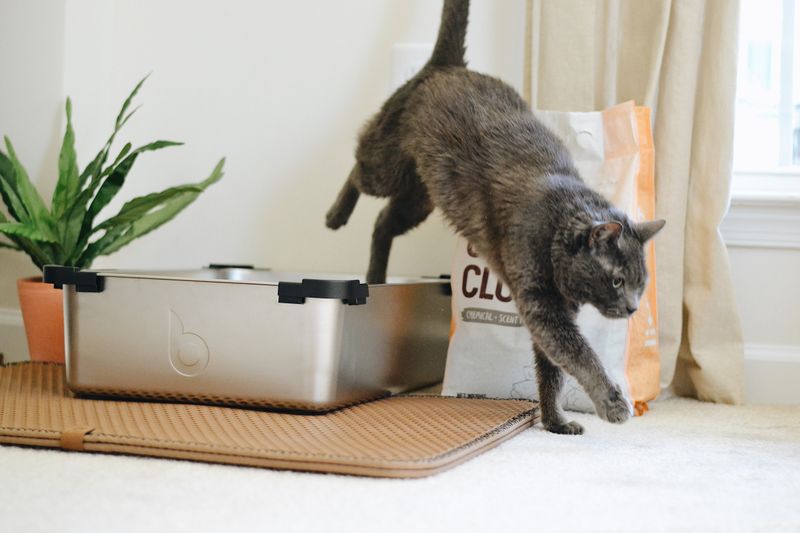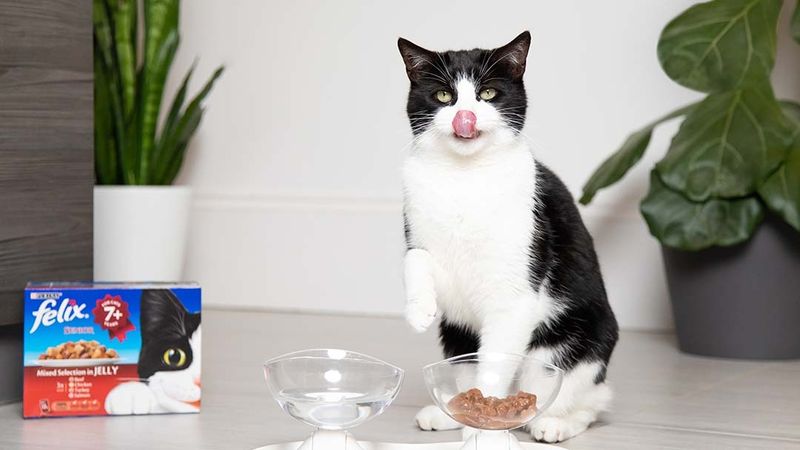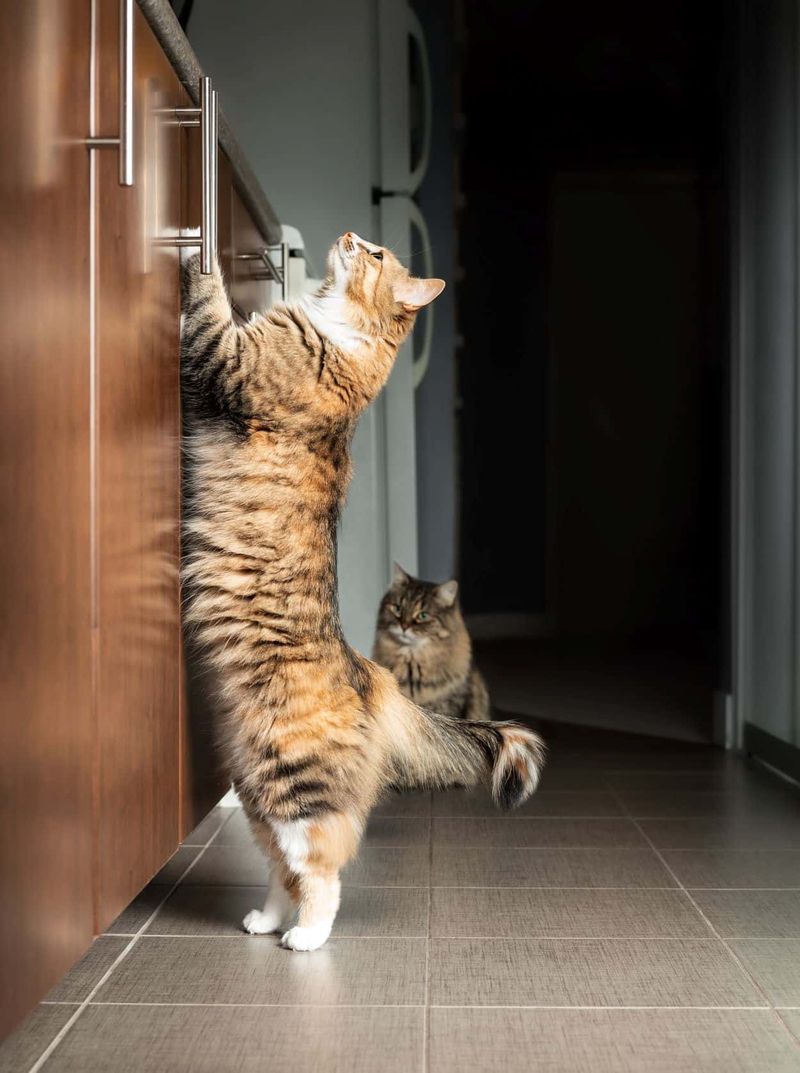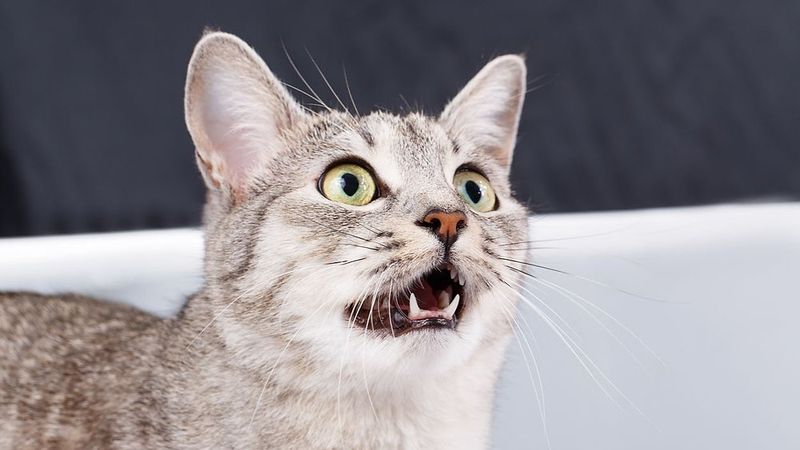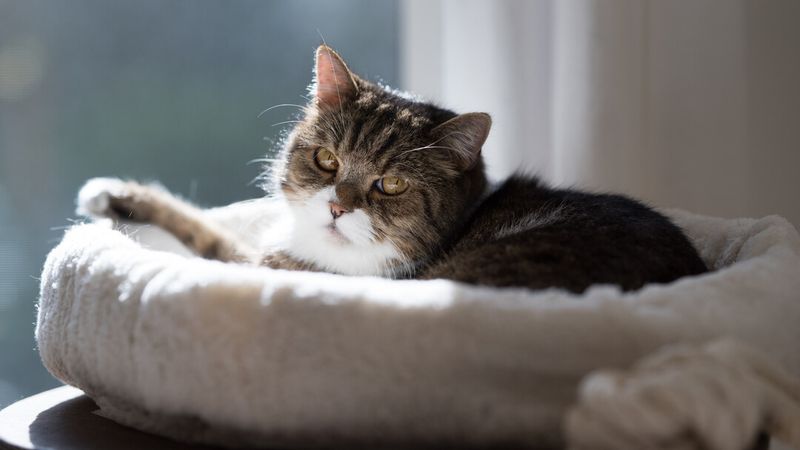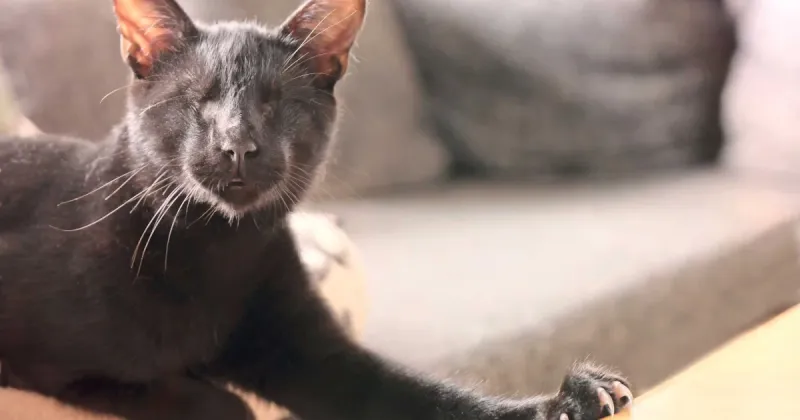📖 Table of Content:
As our feline companions grow older, their graceful leaps and playful antics may gradually give way to more restful, reserved behaviors. Just like humans, cats undergo physical and cognitive changes as they age, and while some shifts are expected, others can be easy to miss. Recognizing the early, subtle signs of aging can help you provide better care and ensure your senior cat remains comfortable, happy, and healthy in their golden years.
Cats are notoriously good at hiding discomfort, a trait that once served them well in the wild but now poses challenges for attentive pet owners. While major health issues often have clear indicators, the slow fade of everyday energy or grooming routines might go unnoticed until they escalate. That’s why understanding the understated cues of feline aging is crucial—early detection can lead to prompt support, tailored diets, or even preventative medical treatment.
In this article, we’ll highlight nine subtle but significant signs that your senior cat may be slowing down. These aren’t meant to alarm, but rather to guide you in making thoughtful observations and compassionate choices. Every aging cat deserves a lifestyle that honors their needs, so let’s explore the quiet changes that speak volumes about their well-being.
1. Reduced Activity Levels
Over time, your once-energetic cat may begin to lose interest in chasing toys or leaping up to their favorite high spots. Rather than running to greet you or bolting through the house in sudden bursts of speed, they may prefer lounging in sunlit corners. This isn’t necessarily laziness—it’s often a sign of joint discomfort or a natural decline in energy. Subtle cues like fewer “zoomies,” slower movements, or longer naps throughout the day can point to a shift in their vitality. In some cases, it may also indicate early-onset arthritis or underlying illness. Don’t assume your cat is just “getting old”—behavioral shifts should always be monitored in context. Consider tracking their activity over time to spot patterns worth sharing with your vet.
2. Changes in Grooming Habits
Once meticulous about cleanliness, a senior cat might begin to slack on grooming—something that can surprise longtime cat owners. A less sleek or slightly greasy coat may emerge, along with signs of matting or even skin flakes. This can be caused by physical limitations like arthritis making certain areas painful or hard to reach. Alternatively, it might stem from fatigue, discomfort, or cognitive decline. Poor grooming can also lead to hygiene issues, particularly in long-haired breeds. You might also notice a stronger or different odor, signaling neglected grooming or health problems. Regular brushing not only helps keep their coat tidy but also offers an opportunity to spot these changes early.
3. Weight Fluctuations
Unexplained weight changes, whether loss or gain, are classic signs that something may be shifting internally with your cat. Unlike younger cats who typically maintain a steady weight, seniors can experience metabolic changes or develop chronic conditions that affect appetite. A noticeable drop in body mass could signal issues like hyperthyroidism, diabetes, or kidney disease. On the other hand, weight gain may reflect reduced mobility or overfeeding due to boredom rather than hunger. It’s important not to rely on appearance alone—regular weigh-ins at home or during vet visits can catch these trends early. Even minor fluctuations matter when it comes to senior pet care. A consistent weight-monitoring routine can be a valuable part of your cat’s health plan.
4. Changes in Litter Box Behavior
Suddenly finding urine or feces outside the litter box can be frustrating, but it’s often a message, not a mess. Aging cats may struggle with arthritis, making it painful to climb into or out of high-sided boxes. Alternatively, confusion related to cognitive decline might cause them to forget the box’s location or purpose. Changes in frequency, posture, or even crying out while using the box are important to note. Some cats may also avoid the box if they associate it with discomfort from constipation or urinary issues. A clean, easily accessible litter box can help reduce these issues and provide comfort. If accidents become regular, it’s time to consult your vet. Rule out medical causes before assuming behavioral ones.
5. Altered Eating or Drinking Habits
Your cat’s approach to food and water can be a window into their health. A decreased appetite may indicate dental disease, gastrointestinal problems, or kidney trouble, while increased thirst can be a red flag for diabetes or hyperthyroidism. You might also notice that your cat seems more selective or takes longer to eat, which could mean oral pain. Sometimes they’ll sniff their food and walk away without touching it. Other cats may drink from unusual places like faucets or toilets, signaling a thirst that shouldn’t be ignored. Keeping tabs on how often bowls need refilling is an easy way to monitor intake. Any noticeable shift in appetite or hydration deserves attention.
6. Decreased Mobility
Mobility issues in aging cats often begin quietly, with only slight hesitations before jumping or stiffness after a nap. A cat that once scaled countertops with ease might now take a roundabout path using chairs or lower furniture. Joint pain from arthritis is a common culprit and can go undiagnosed without close observation. You might also notice your cat licking or chewing joints more frequently. Staircases may become avoided, and favorite perches might be left vacant. Watch for subtle limps or an altered gait, especially after resting. Vet-recommended supplements or ramps can make a big difference in daily comfort.
7. Vocalization Changes
Shifts in vocal behavior can be surprising and are often a reflection of underlying discomfort or confusion. A once-quiet cat may start howling at night, crying out in empty rooms, or meowing more persistently for attention. These changes could signal disorientation, anxiety, or even hearing loss. Conversely, a formerly chatty cat might fall strangely silent, which can also indicate health concerns. Pay attention to when and how they vocalize—timing and tone can offer clues. Nighttime vocalizations, in particular, may relate to feline cognitive dysfunction, a feline form of dementia. Offering structured routines and extra comfort during these periods can ease anxiety. Don’t overlook voice changes as mere quirks—they’re often meaningful.
8. Personality or Behavior Shifts
When your friendly lap cat suddenly seeks solitude or a once-shy feline becomes clingy, these shifts deserve attention. Behavioral changes can be some of the first indications of cognitive changes or physical discomfort. Stress, confusion, or chronic pain may cause cats to alter their interactions with family members or other pets. Even subtle mood changes—like being less tolerant of petting—can carry significance. Changes in sleep-wake cycles, pacing, or restlessness may also appear. Be observant of shifts in playfulness, social engagement, and routines. Every cat ages differently, but personality transformations are always worth investigating.
9. Vision or Hearing Loss
You may not immediately realize your cat is losing their vision or hearing, especially if they’re still navigating familiar spaces well. Early signs include bumping into objects, staring at walls, or being startled when approached. Cats with declining vision might also misjudge distances or avoid dimly lit areas. Hearing loss can lead to louder vocalizations or failure to respond to previously familiar sounds. It’s easy to mistake these behaviors for stubbornness or aging alone. In reality, sensory decline can impact your cat’s confidence and behavior significantly. Keeping their environment predictable and offering extra reassurance can ease the transition.
